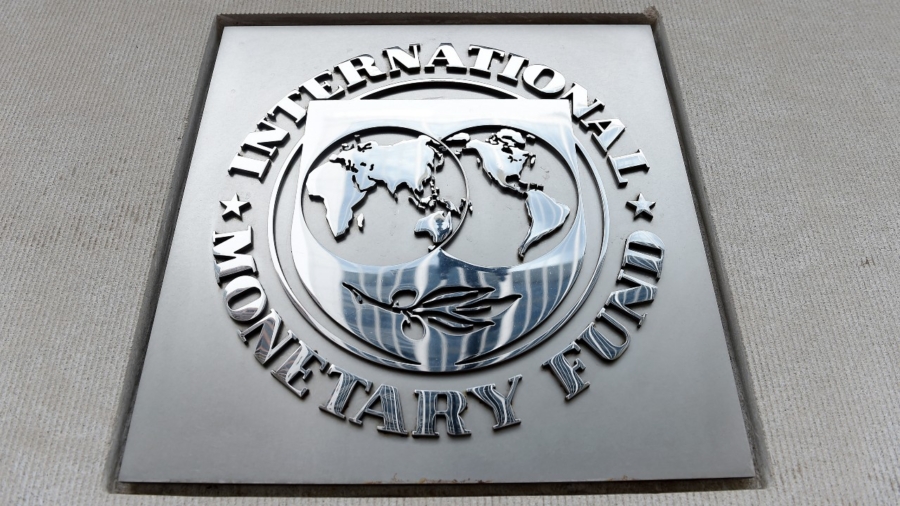Forecasts for global economic recovery has been shattered by challenges in the United States and China, mainly due to rising levels of debt and record inflation that prevents growth-driving nations from resolving persistent supply chain disruptions and other related issues.
“We project global growth this year at 4.4 percent, 0.5 percentage point lower than previously forecast, mainly because of downgrades for the United States and China,” said Gita Gopinath, the International Monetary Fund’s (IMF) No. 2 official in a blog post on Tuesday.
The usual impactful support of the United States has been dented by multiple factors constraining its economic resurgence, with the downgraded estimates now lowering the country’s prospects of legislating the Biden administration’s Build Back Better spending bill and the coming raising of interest rates, according to Gopinath.
Combined with major real estate defaults and weak recovery in domestic consumption from the world’s second biggest economy, China, global growth is now expected to slow to 3.8 percent in 2023. This is a pickup from the 3.6 percent predicted earlier as pandemic limitations begin to ease under Omicron.
With mild symptoms, lower hospitalization and death rates, Omicron is not considered a major problem anymore, although it has significantly contributed to worker shortages and mobility restrictions. The IMF’s latest World Economic Outlook expects the variant to influence economic activity in Q1 2022, but anticipates the variant to be less of a factor during Q2 2022.
The combined world output is predicted to be 4.4 and 3.8 percent in 2022 and 2023 respectively, a decline from 5.9 percent in 2021. The United States had a GDP growth of 5.6 percent last year, and is expected to output 4.0 percent this year and 2.6 percent in 2023. The UK led the list last year with 7.2 percent growth while Spain, with a 5.8 percent GDP expansion, is touted to perform well this year among advanced economies.
As for emerging economies, India leads the list with a 9.1 percent growth in 2021, with the same expected in 2022. China managed 8.1 percent last year, while it will drop to 4.8 percent in 2022 but fare better in 2023 with 5.2 percent.
“To address many of the difficulties facing the world economy, it is vital to break the hold of the pandemic,” Gopinath said. “As of now, only 4 percent of the population of low-income countries are fully vaccinated versus 70 percent in high-income countries.” The widespread dissemination of vaccines had curbed global economic losses to nearly $13.8 trillion through 2024 with the combined death toll of 5.5 million.
Gopinath suggests local economies work to their unique advantages to fight inflation while ensuring a steady pace of growth. “Both fiscal and monetary policies will need to work in tandem to achieve economic goals,” she said.
If inflation is to be curtailed, “extraordinary monetary policy support” must be removed. Central banks around the world are gradually hiking interest rates. Emerging economies need to be prepared for higher rates in foreign currency borrowing and financing debts.
Gopinath warned that low-income countries will find servicing their existing high levels of debts increasingly difficult. For this, the G20, a collection of the world’s largest economies, would need to make accommodations on debt restructuring and related negotiations.
“Policymakers must vigilantly monitor a broad swath of incoming economic data, prepare for contingencies, and be ready to communicate and execute policy changes at short notice,” she said.
From The Epoch Times


